June 17, 2019
By Hazel Morley
When I was a child, living in England, I woke up every morning to bottles of fresh milk on our doorstep delivered by the local milkman. TV adverts promoted the “goodness of milk”; the proteins, essential vitamins and calcium, needed by everybody to build strength and grow.
At elementary school, we received one free bottle of milk a day during our morning break. I hated it. The smell, the taste, the texture. The skinny pink plastic straw.
Over the years, dairy advertising campaigns became very creative to persuade us of the health benefits of milk products. For over 20 years, they used have been using supermodels, footballers, rock stars and politicians to target consumers. Milk products are promoted as cool and essential for health, success and even a sexy body. The marketing of milk products was relentless on our TV screens and in magazines.
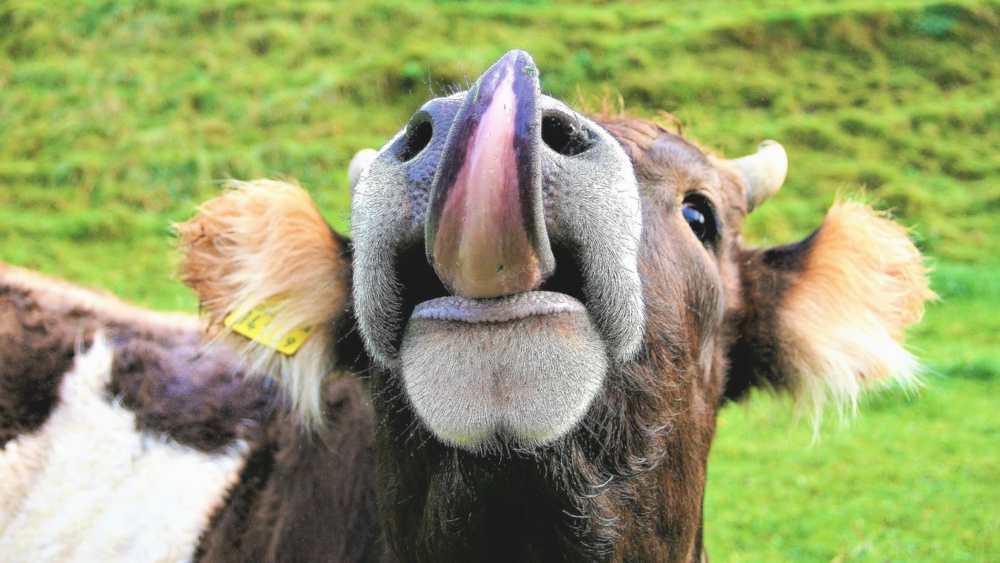
Photo Credit: Pixabay
As an adult, I had plenty of choices to keep me looking and feeling great; low fat, vitamin-infused milk, cheese from laughing cows and sugary yogurt drinks, laden with gut-friendly- bacteria, that would keep my belly dancing.
Being a gullible target, who wanted to have the body of a supermodel and the brains of a President, I fell prey to the marketing hype and the low-fat options were regular items on my shopping list.
Fast forward to my late forties, now living in beautiful BC, I heard those three scary words “You have cancer”. My breast cancer diagnosis catapulted me into a completely new world of scouring food labels, reading health blogs and questioning everything I put into my mouth.
While I shifted into healthier eating habits, I was reluctant to give up a life-long love of cheese and frothy cappuccinos. These became my “guilty pleasures”.
Until I watched the 2017 documentary ‘What the Health’ – a film that examines the link between diet and disease.
One claim slapped me in the face. “If you have already had breast cancer, one serving of whole milk dairy per day (i.e. high-fat dairy) can increase your risk of death from breast cancer by 49%”. If ever I needed some motivation to ditch the dairy for good this was it. Wow. 49%!
I wondered if dairy really was the bogeyman so I decided to dive into the science and research more.
Where’s the link to cancer?
The problem lies in the sex hormones estrogen and progesterone, which are elevated in commercial milk which is taken from pregnant cows. When we consume this milk, our estrogen levels increase too, creating an environment that is a perfect host for breast cancer. However, it’s not just dairy and breast cancer that’s a problem. According to M.D. Dr. Michael Greger, when we consume cow’s milk and cheese we are at risk of developing and dying from many malignant diseases, that are estrogen-fuelled such as breast, ovarian, uteri, testicular and prostate cancers.
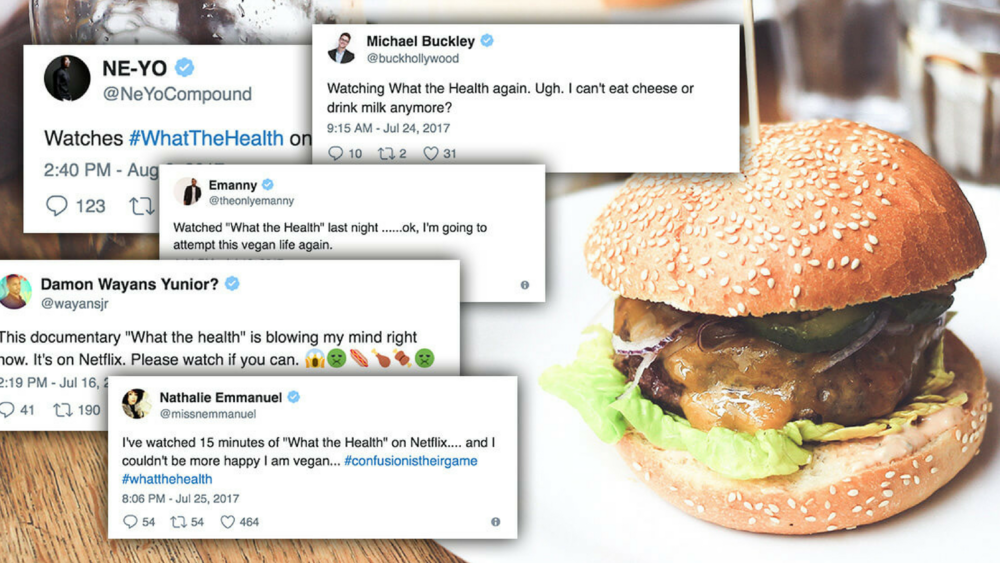
Photo Credit: Peta.org
Is organic milk better for us?
It seems not. Studies show that organic milk contains as much galactose (similar to glucose), saturated fat and cholesterol as conventional dairy, and people who drink milk, regardless if it’s organic or non-organic, have higher rates of cancer and live shorter lives. One group of researchers found no major difference between two types of estrogens (estrone and estradiol) in organic and non-organic milk and reported that pasteurization had little effect on estrogen
levels.
Is low-fat dairy really a healthier option?
Since most of the pregnant cow’s hormones are found in the fatty portion of the milk, we might assume that eating low-fat dairy foods should reduce our risk of cancer. However, Dr. Greger, in his recent presentation on Food as Medicine, confirmed a greater risk of breast cancer in pre-menopausal women who consume low-fat dairy.
Another study in China also found an increased risk of breast cancer with low-fat dairy intake in pre-menopausal women. So, it seems that the millions of dollars spent on advertising ($50m to be precise for the marketing campaign that began in 2014) has misled us. My belly won’t be dancing, after all.
Do today’s dairy farming methods increase our risk of breast cancer?
In the 1800’s each cow produced an average of 1000 liters of milk annually and today, the average yearly milk yield is 10,000 liters, per cow (…) I didn’t know this either. Sixty years ago, some smarty-pants discovered that injecting cows with growth-promoting hormones increased milk production so, in many countries today, that’s precisely what happens. The downside for us humans is that these bovine growth hormones stimulate the growth of fatty tissue and cancer cells, accelerating the growth of malignant tumors. One study specifically said IGF-1 (a type of bovine growth hormone) promoted breast cancer growth.
The good news? Growth hormones, such as IGF-1 and rBGH, are banned in Canada and Europe.
The bad news? They are used widely in the US and, due to the number of imported products from US milk, these hormones travel worldwide and are frequent flyers.
Dr. Greger gives it to us straight – milk consumption increases our cancer risk four-fold and the increased risk of dying from cancer is comparable to the risk of death from smoking.
Yes, you read that right.
As if this wasn’t enough motivation to end my relationship with cheese and cappuccinos, the research also suggests we consider the impact of toxic environmental pollutants, such as dioxins (produced through incineration processes). These types of poisons get into the animal feed and soil, so when we eat dairy foods (plus meat, fish, and shellfish) we are exposed to the toxins that mess with our hormones and damage our immune system, both of which leave us vulnerable to cancer.
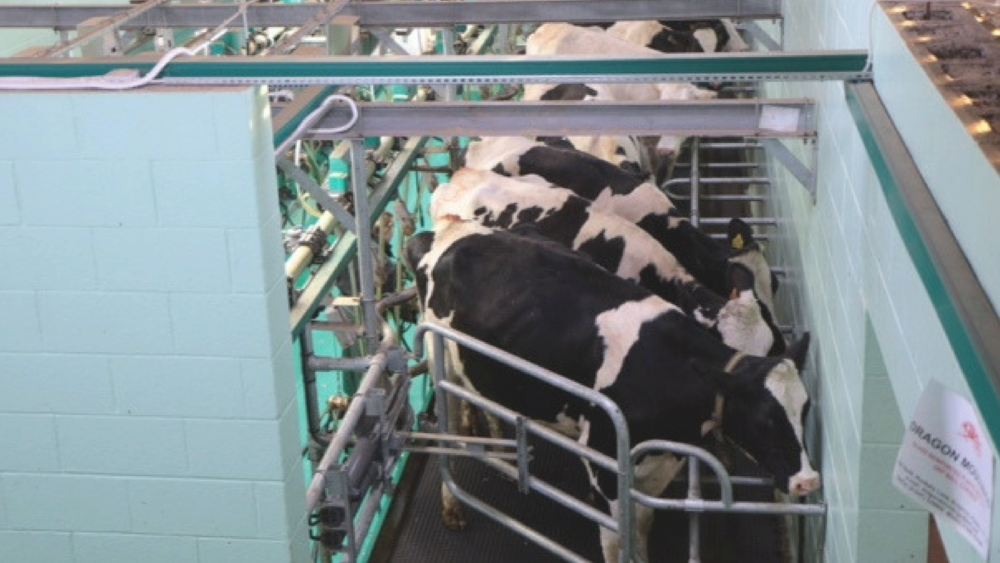
Photo Credit: Pixabay
Could dairy products protect us against breast cancer?
Dairy products contain calcium, vitamin D and conjugated linoleic acids (CLAs), all of which have anti-cancer properties so one might assume this would reduce our cancer risk.
Unfortunately, studies have produced inconsistent results as researchers have acknowledged the difficulties of separating out these ingredients in dairy foods.
CLAs are produced naturally in grazing animals but given many dairy farms, today have zero-grazing systems and use wheat/corn/soy-based feed, rather than grass, we are denied any potential anti-cancer health benefits. Plus, the idea that we need dairy to reach our calcium RDAs is not more than another food industry marketing trick.
What else is there to consider?
Research findings aside, there is the gloomy reality of current dairy farming methods i.e. artificial insemination of cows at 15 months, removal of calves from their mother as early as 36 hours, the slaughter of male calves (or sale for veal), growth hormone injections to produce and an unnatural amount of milk that increases the risk of mastitis and lameness, and confined indoor space.
If all of this has got you thinking, well: good! If you sense an urge to feel what a dietary change would bring, you can try to cut out all dairy for one week and see how you feel. No strings attached.
I also strongly recommend watching the documentary What the Health (and be prepared for some startling statistics). Both of these are easy suggestions with game-changing powers.
If you enjoyed this blog, sign-up for our newsletter to receive future updates.
RESOURCES
- What the Health Documentary, Andersen K & Kuhn K, March 2017
- Breast Cancer Survival, Butterfat, & Chicken, Dr Greger M, March 2012
- Food as Medicine: Preventing & Treating the Most Dreaded Diseases with Diet, Dr Greger M,
August 2015 - Estrone and 17beta-estradiol Concentrations in Pasteurized-homogenized Milk and Commercial Dairy Products, Pape-Zambito DA, Roberts RF, Kensinger RS, NCBI June 2010
- Breast Cancer Research and Treatment – Dairy Consumption and Risk of Breast Cancer; a
Meta-analysis of Prospective Cohort Studies, Dong JY, Zhang L, He K, Qin LQ 2011 - Anti Cancer – A New Way of Life, Servan-Schreiber D, 2009, Ailhaud G & Guesnet P.
- Consumption of dairy products and the risk of breast cancer: a review of the literature, Moorman P, Terry P – The American Journal of Clinical Nutrition 2004
- British Journal “Psychology and Psychotherapy” 1988 – The
Importance of Emotional Clearing for Health & Healing, Bollinger T, February 2018
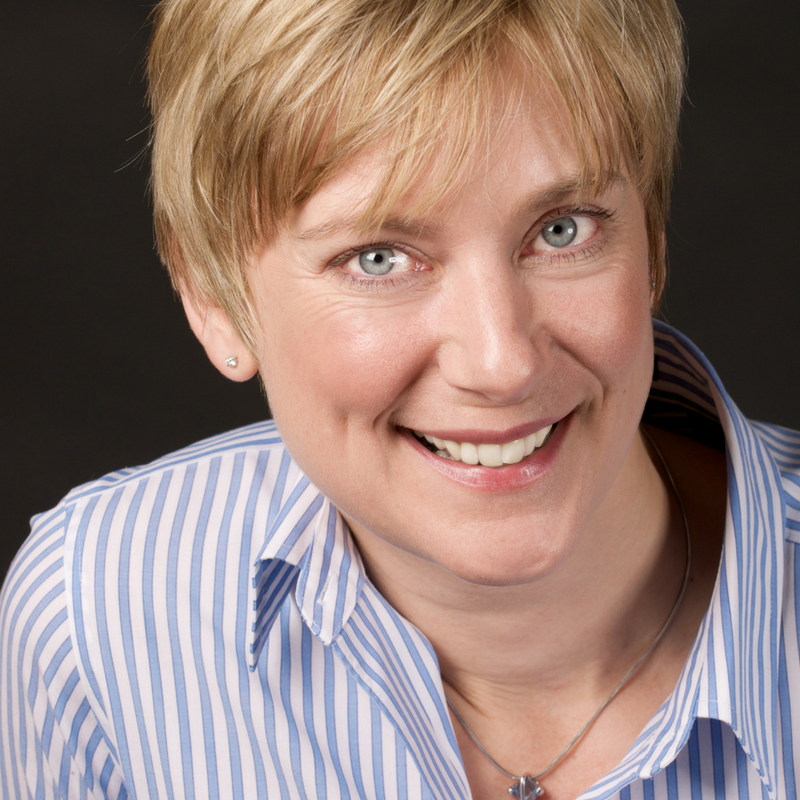
Hazel has worked as a Trainer, Facilitator and Coach for over 25 years, sharing strategies to enable others to develop high performance-enhancing habits, in order to achieve their career goals. These days her focus is on health goals and how nutrition, together with the power of the mind, can heal and protect us from dis-ease. After gaining her certificate as a Nutritional Educator with Richer Health, Hazel is excited to help others discover how to:
- Reconnect with their innate ability to heal
- Reset their body’s natural defences
- Regain their vitality
Originally from England, the beautiful sea to sky scenery and lifestyle drew Hazel to the mountains and she relocated to British Columbia in 2009. She now lives in Squamish.
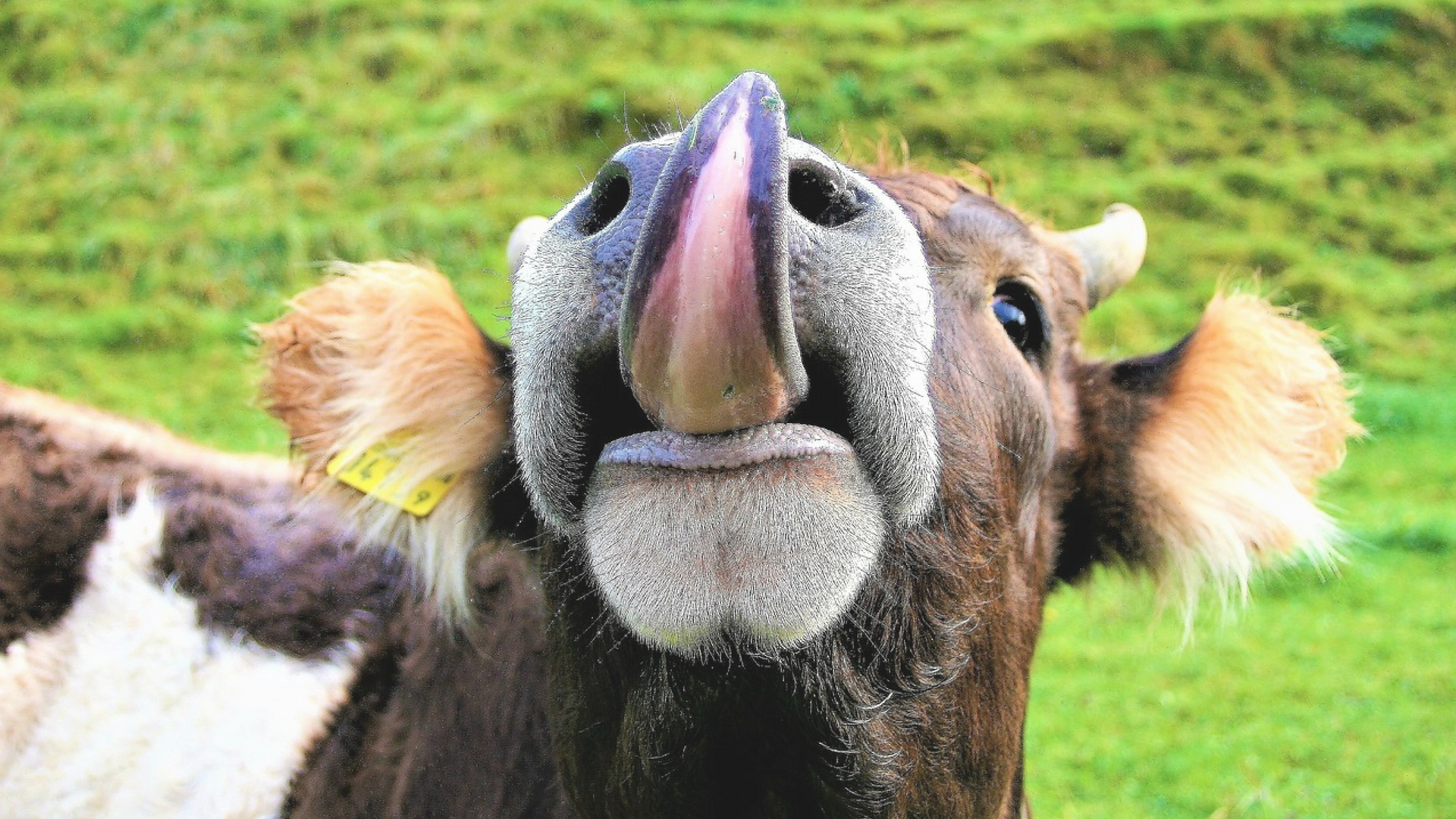
Comments